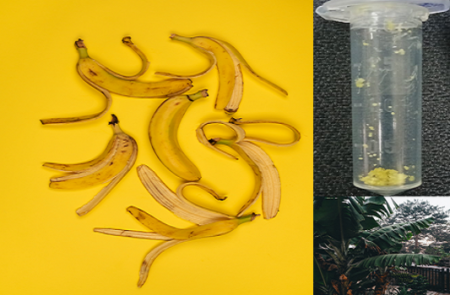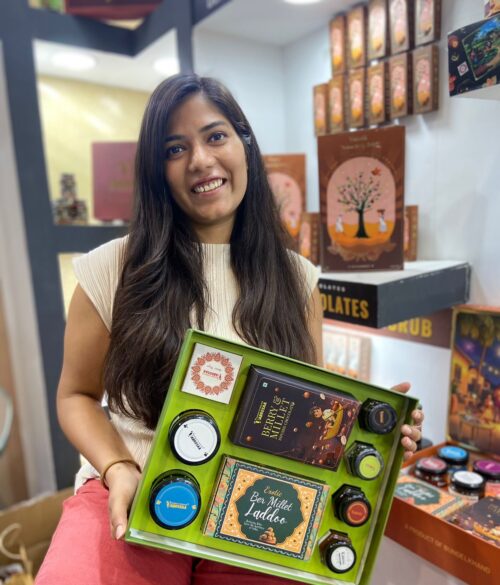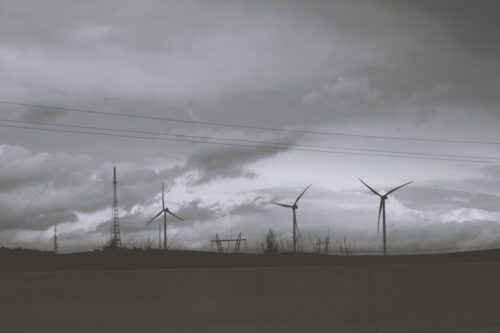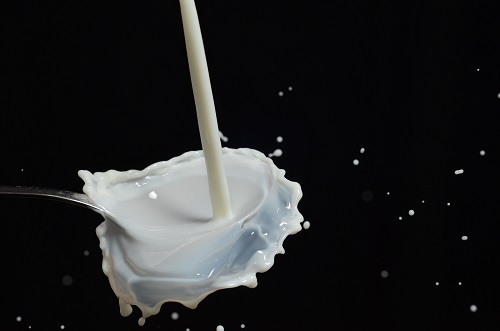Have you ever wondered how activated carbon from rachis and banana peel are used for low cost bio filters and wastewater treatment? Do you know that nanometric fibers from banana pseudo stems can be used for therapeutic cancer treatments?
Apart from human consumption as food, post harvest banana waste has a diverse industrial applications. The Banana is a tropical fruit which is the second most-produced fruit after citrus in more than 130 countries. Banana contributes 16% of world fruit production, and the fourth most important food crop after rice, wheat and corn. However, almost 60% of banana biomass is left as a waste after harvesting.
According to ICAR report, 350 million tonnes of agricultural waste is produced annually in India. As per the estimates given by the Ministry of New and Renewable Energy, this amount of waste can generate 18,000MW of power every year and green fertilizer for use in agriculture. However, crop residue
burning and open dumping is causing air pollution and generates methane.
A fact sheet by a non-profit organization, The Environmental and Energy Study Institute (EESI) says that “methane is a powerful greenhouse gas that traps heat in the atmosphere more efficiently than carbon dioxide”. However there are many ways by which one can dispose of agricultural waste effectively. For instance, a research report published in the year 2020 titled Creating Wealth from Agricultural Waste by The Indian Council of Agricultural Research (ICAR) mentions the various ways by which agricultural waste can be managed and generate additional income.
The founder of Renergizr Industries, Himanshu Gupta says, “Agricultural waste is underutilized in low value creation. Either it is incinerated, disposed of in landfills or used as compost creating a huge environmental burden. One kg of fruit waste peel releases approximately 0.15 cubic meter of methane gas. This is a greenhouse gas which is 25 times more powerful than carbon dioxide. This causes safety and fire concerns. I have seen the fires coming out from agri waste. These fires are causing health hazards for human beings and serious environmental issues as a whole”.
Renergizr Industries focuses on technology that helps in extracting Beta Carotene from banana skin(outer peel), which is usually thrown away as a waste. This beta carotene bio activity compound can be used as a natural ingredient in cosmetics products, nutraceuticals, animal feed and pharmaceutical industry.
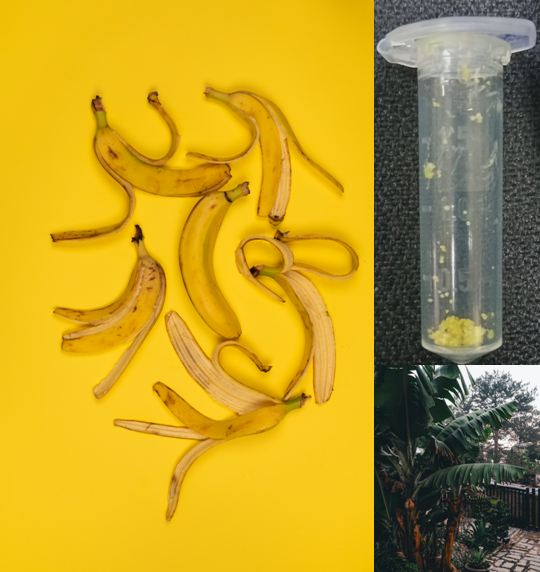
According to WebMD “beta carotene is a compound that gives vivid yellow, orange, and red coloring to vegetables”. It is one of the active ingredients with proven very good antioxidative properties. It is used in the pharmaceutical industry to give coloring for tablets, and in the cosmetics industry, it is used as a bioactive ingredient of creams, which protects skin lesions against oxidation and exposure to UV radiation.
“At present, we are working on optimizing the protocol and modifying the extraction & purification process to increase yield and purity level of beta carotene. Renergizr Industries is also planning to diversify into other waste raw materials such as feedstock, fruit waste types, vegetable waste and cereal and grains waste residue and then used for multiple value added products such as pectin, essential oil, dietary fibers etc”.
According to a research paper, β-carotene in skin care, this compound is very effective in preventing skin damage and irritation caused by electromagnetic radiation in the range 380-560 nm. Allied Market Research projected a market of $463.5 billion for the global cosmetics market by 2027. This means that there is a need for more natural ingredients for the cosmetics industry. As beta carotene is a naturally derived pigment for cosmetics, it can replace chemicals in cosmetics.
“I have spent more than 10 years working in various energy industries in the USA, Canada, Germany and India. Luckily, with guidance and support from my technical mentors at Startup Incubation and Innovation Center (SIIC) IIT Kanpur, I was able to successfully complete all the technical work with ease”.
“First, we want to set up a pilot plant on the concept of bio refinery model to extract multiple products (green chemicals, green fuels etc.). Next is a commercial scale up plant in India. Later we will collaborate with international organizations for scaling up and replicate the similar model in other countries”.
In addition to the agricultural domain, Himanshu is also working on clean energy projects. They have established a power plant of 5KW capacity using geothermal renewable energy in technical collaboration with Shriram Institute for Industrial Research in Delhi using grant funding of DST through Catalyst incubation center of IIT Mandi.
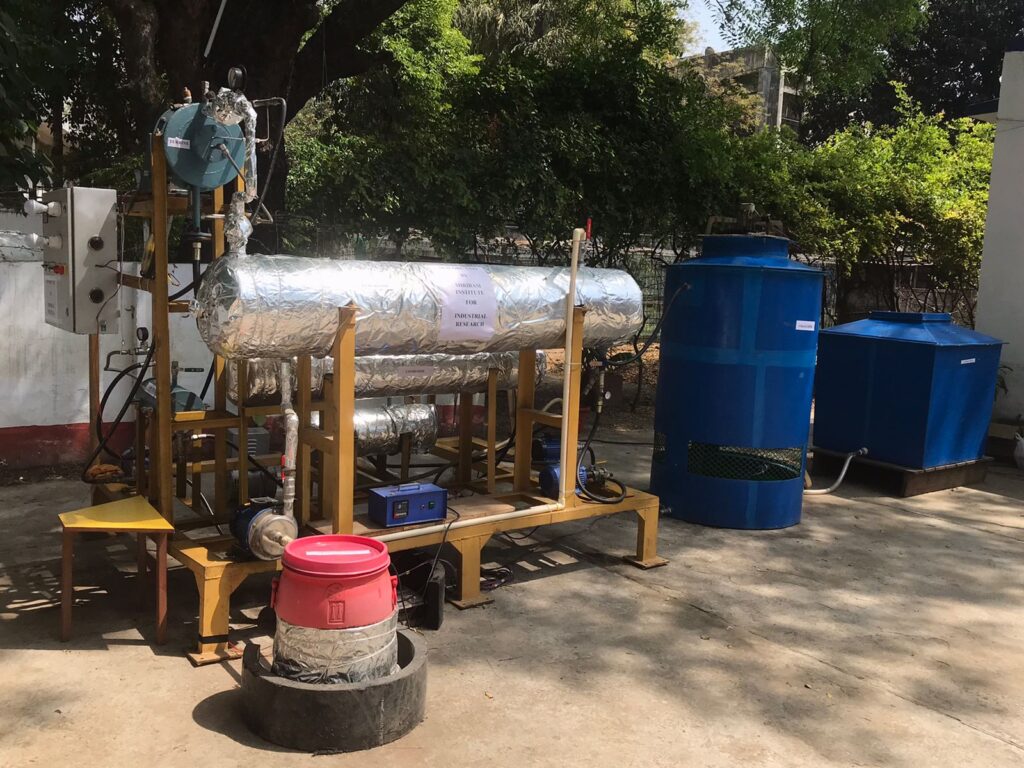
“I am happy that the Government of India has increased grant funding programs through various institutions such as DBT and DST in India”. However, Himanshu believes that more awareness is required among people aspiring to be entrepreneurs to identify the business opportunity in the value addition of waste.
What is your innovation for waste to wealth creation?
Share your green story


